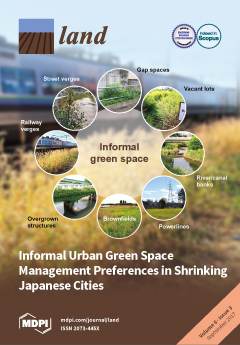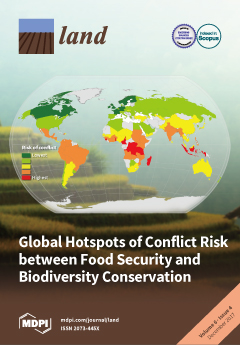Law No. XIII-616 amending Forest Law No. IX-240.
Article 11 shall be amended to add the following wording: “Transfer of forest land into other categories of land shall be prohibited in the following cases: (a) Group I forests; (b) Group II - protection of ecosystems in forests, except in specified cases; (c) in groups III - in forests of protected areas and in protected areas of state reserves, except for specific cases; (d) in other forests located one kilometer from the Baltic Sea and the Curonian Spit, in recreational forests of Group II and in protected areas, field protection and national park protection zones of Group III except for





